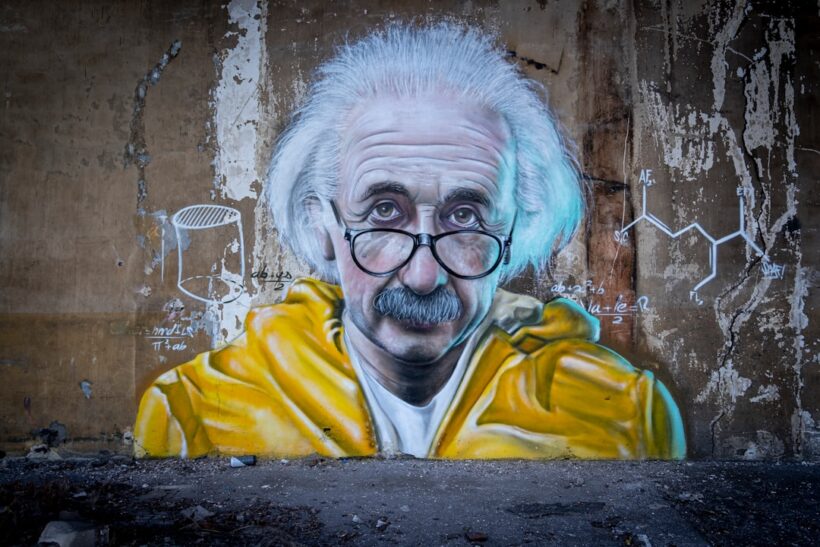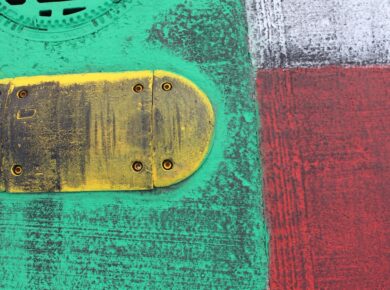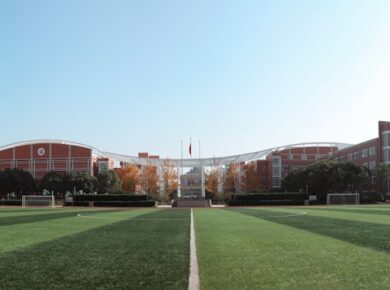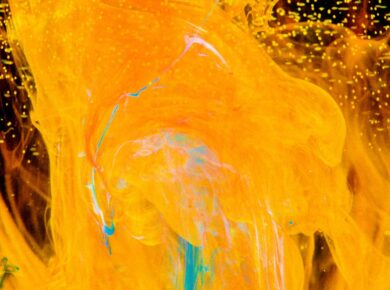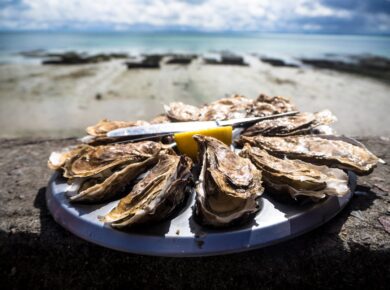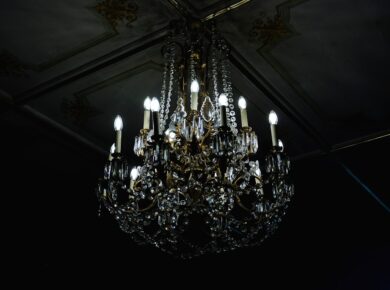In S.E. Hinton’s seminal novel “The Outsiders,” the concept of gang symbols serves as a powerful narrative device that encapsulates the themes of identity, belonging, and conflict. Set against the backdrop of 1960s America, the story revolves around two rival groups: the Greasers and the Socs.
Each gang possesses its own distinct symbols that not only represent their affiliations but also embody their values, struggles, and social standings. The Greasers, characterized by their long hair, leather jackets, and a sense of brotherhood, utilize symbols that reflect their working-class roots and defiance against societal norms. Conversely, the Socs, who are often depicted as affluent and privileged, employ symbols that signify their status and power.
These symbols are not merely superficial markers; they are deeply intertwined with the characters’ identities and the dynamics of their interactions. The significance of gang symbols in “The Outsiders” extends beyond mere identification; they serve as a means of communication and expression among the characters. For the Greasers, symbols like their hairstyles and clothing choices are emblematic of their rebellion against a society that marginalizes them.
The Socs, on the other hand, utilize their wealth and social status as symbols of superiority, reinforcing the divide between the two groups. As the narrative unfolds, these symbols become pivotal in shaping the characters’ experiences and relationships, illustrating how external markers can influence internal perceptions of self-worth and belonging.
The Significance of Gang Symbols in Uniting the Greasers
For the Greasers, gang symbols play a crucial role in fostering a sense of unity and camaraderie among members. The shared experience of growing up in a lower socioeconomic environment creates a bond that is reinforced through their distinctive symbols. The leather jackets worn by the Greasers are not just fashion statements; they represent a collective identity that distinguishes them from the Socs.
This shared attire fosters a sense of belonging, allowing individuals to feel part of something larger than themselves. The act of donning these jackets becomes a ritualistic affirmation of their identity as Greasers, creating an unspoken code of loyalty and support among them. Moreover, the Greasers’ hairstyles serve as another potent symbol of their unity.
The iconic greased-back hair is not merely a style choice; it is a badge of honor that signifies their defiance against societal expectations. This shared hairstyle becomes a visual representation of their solidarity, reinforcing their commitment to one another in the face of adversity. In moments of conflict or tension with the Socs, the Greasers often rally around these symbols, drawing strength from their collective identity.
The gang symbols thus become a source of empowerment, enabling them to navigate the challenges posed by their social environment while fostering deep connections among members.
The Role of Gang Symbols in Dividing the Greasers and the Socs
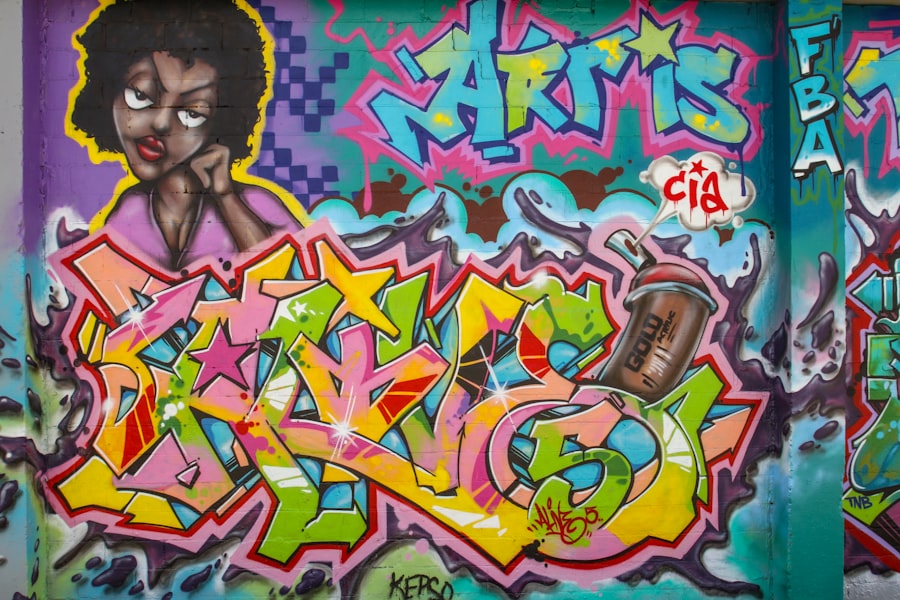
While gang symbols serve to unite the Greasers internally, they simultaneously act as barriers that exacerbate the divide between the Greasers and the Socs. The stark contrast between the symbols associated with each group highlights the socioeconomic disparities that fuel their rivalry. For instance, the Socs often flaunt their wealth through expensive cars and designer clothing, which serve as markers of privilege and status.
These symbols not only reinforce their superiority but also create an atmosphere of exclusion for those who do not share in their affluence. The Greasers, in contrast, are often judged based on their appearance and lifestyle choices, leading to further alienation from mainstream society. The animosity between the two groups is intensified by these symbols, as they become visual representations of their conflicting values and lifestyles.
When a Greaser encounters a Soc wearing a tailored jacket or driving a luxury car, it serves as a reminder of the systemic inequalities that separate them. This division is not merely superficial; it manifests in violent confrontations and deep-seated resentment. The symbols thus become catalysts for conflict, as each group perceives the other through the lens of their respective markers of identity.
The inability to see beyond these symbols perpetuates a cycle of misunderstanding and hostility, illustrating how external markers can shape perceptions and fuel animosity.
The Impact of Gang Symbols on the Characters’ Identities
| Character | Impact of Gang Symbols | Identity Changes |
|---|---|---|
| John | Visible gang tattoos | Struggle with societal acceptance |
| Emily | Wearing gang colors | Conflict with family values |
| Michael | Using gang hand signs | Loss of personal autonomy |
The influence of gang symbols extends deeply into the personal identities of characters within “The Outsiders.” For many Greasers, their affiliation with the gang becomes a defining aspect of who they are. Characters like Ponyboy Curtis grapple with their identities as they navigate the complexities of belonging to a group that is often marginalized by society. The pressure to conform to gang norms can lead to internal conflicts, as individuals struggle to reconcile their personal aspirations with the expectations placed upon them by their peers.
Ponyboy’s love for literature and his desire for a different life often clash with the image he feels compelled to uphold as a Greaser. Similarly, characters like Dally Winston embody the struggle between individual identity and gang affiliation. Dally’s tough exterior and rebellious nature are emblematic of his commitment to the Greaser lifestyle; however, beneath this façade lies a vulnerability shaped by his tumultuous past.
The symbols associated with his gang serve as both armor and prison, reflecting his desire for acceptance while simultaneously limiting his ability to express his true self. As characters confront challenges that test their loyalty to their gang, they are forced to reevaluate what these symbols mean to them personally. This exploration reveals how deeply intertwined identity and symbolism can be, shaping not only how characters see themselves but also how they interact with others.
The Evolution of Gang Symbols in The Outsiders
Throughout “The Outsiders,” gang symbols undergo an evolution that mirrors the characters’ growth and changing circumstances. Initially, these symbols are rigidly defined; they serve as clear markers of affiliation and identity within the context of gang culture. However, as events unfold—particularly following moments of violence and tragedy—the significance of these symbols begins to shift.
Characters like Ponyboy start to question the very essence of what it means to be a Greaser, leading to an exploration of identity that transcends mere symbolism. This evolution is particularly evident in Ponyboy’s journey toward self-discovery. As he grapples with loss and trauma, he begins to see beyond the superficial markers that once defined him.
The realization that his worth is not solely tied to his gang affiliation prompts him to reconsider how he perceives both himself and others. This shift is emblematic of a broader transformation within the narrative; as characters confront their vulnerabilities and aspirations, they begin to redefine what it means to belong to a group. The rigid boundaries established by gang symbols start to blur, allowing for more nuanced understandings of identity that encompass both individual experiences and collective histories.
The Dual Nature of Gang Symbols in The Outsiders

In “The Outsiders,” gang symbols embody a dual nature that reflects both unity and division within the narrative. For the Greasers, these symbols serve as vital tools for fostering camaraderie and solidarity in an often hostile world. They provide a sense of belonging that is crucial for individuals navigating the challenges posed by socioeconomic disparities.
However, this same symbolism also acts as a barrier that perpetuates conflict with rival groups like the Socs. The stark contrasts between their respective symbols highlight deep-rooted societal divisions that fuel animosity and misunderstanding. As characters evolve throughout the story, so too does their relationship with these symbols.
The journey toward self-discovery prompts them to question not only what it means to be part of a gang but also how they can transcend these external markers to forge deeper connections with one another. Ultimately, “The Outsiders” illustrates how gang symbols can simultaneously unite individuals within a group while also serving as sources of division between rival factions. This complexity underscores Hinton’s exploration of identity, belonging, and social conflict in a world where external appearances often dictate internal realities.

